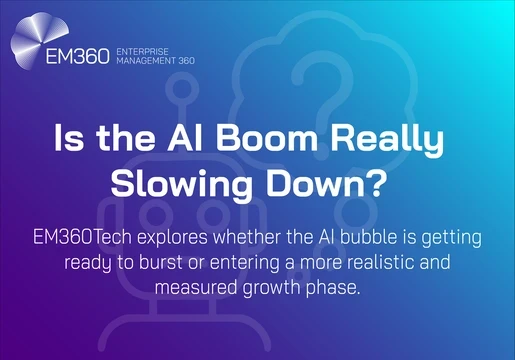Google has revealed that their yearly greenhouse gas emissions have soared 48% higher in 2023 compared to 2019. The release of their 2024 Environmental Report, highlights the growing challenge of balancing their ambitious net-zero goals with the ever-increasing energy demands of artificial intelligence.
The tech giant directly claims the massive increase in their emissions is "due to increasing energy demands from the greater intensity of AI compute."
AI has quickly become a cornerstone of many of Google's operations, powering everything from search algorithms to language translation tools. However, the complex computations behind artificial intelligence require immense processing power, which translates to a growing appetite for electricity.

What is Generating AI's Power?
Data centres, the physical homes of these AI systems, are notorious for their energy consumption. These massive facilities are packed with computer servers, storage devices, and networking equipment. They act as the physical backbone for the digital world, storing and processing the information that powers everything online.
Unlike a personal computer that turns off or goes into sleep mode, data centers operate 24/7. This constant activity requires a continuous flow of electricity to power the servers and keep them cool.
AI requires immense processing power, often relying on specialized hardware like graphics processing units (known as GPUs). These powerful components are energy-intensive, especially when running complex calculations.
All this processing power generates a lot of heat. Data centers need sophisticated cooling systems to maintain a constant temperature and prevent overheating. These cooling systems, whether air conditioning or liquid cooling, themselves require significant energy.
Machine learning systems behind AI chatbots like Gemini or ChatGPT are designed to be creative and generate new content, like text, images, or code. They achieve this by analyzing massive datasets and learning complex relationships between multiple data points. This learning process and subsequent content generation involve extensive computations, requiring a lot of processing power.
However, software designed for specific tasks, like photo editing or email management, uses algorithms optimized for those tasks. They typically require less processing power because they perform a limited set of functions.
The rise of AI to take over these tasks that were previously achieved by specific software accounts for the massive rise in the processing power needed.
Google's report reveals a significant difference in how their data centers around the world are powered. Facilities in Europe and the Americas are able to access and utilize a majority of carbon-free energy sources like solar, wind, or geothermal.
However, data centers located in the Middle East, Asia, and Australia rely more heavily on traditional energy sources like coal or natural gas, which release greenhouse gasses when burned. This creates a larger environmental impact for these facilities.
Overall, Google claims that in total around two-thirds of their energy consumption now comes from carbon-free sources. This is a positive statistic, but the regional disparity exposes a challenge for achieving true global sustainability.
Google Aims to Reach Net Zero Emissions from Data Centers
Google's goal of achieving net zero emissions in its data centres by 2030 is an ambitious target. A significant portion of Google's emissions come from the energy used to power its data centres. Reaching net zero in this sector is crucial for achieving their overall net zero target by 2030.
However, Net zero doesn't mean zero emissions. It's the official definition that any emissions will be offset by an equivalent amount of carbon removal. Google does not currently specify any plans for any carbon removal practices, but these could include purchasing carbon offsets to compensate for remaining emissions. This involves investing in projects that remove carbon dioxide from the atmosphere, such as reforestation initiatives or capturing methane from landfills.
Google could also research and invest in carbon removal technologies like:
- Direct Air Capture (DAC): This technology captures CO2 directly from the air using specialized filters and then stores it underground or utilizes it for various purposes.
- Enhanced Weathering: Spreading crushed rocks on land can accelerate natural weathering processes, leading to CO2 absorption.
- Biochar: Converting biomass (plant or animal matter) into a charcoal-like substance called biochar can store carbon in the soil for a long time.
Google's commitment to net zero emissions by 2030 necessitates exploring all avenues, including carbon removal. As these technologies improve and become more cost-effective, Google might play a role in supporting their development and implementation.







Comments ( 0 )